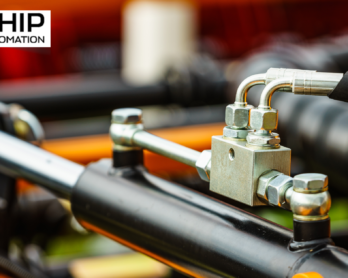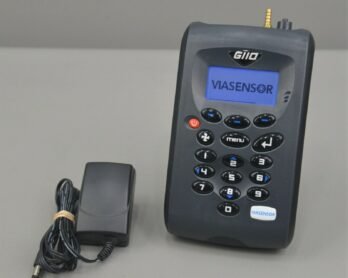Patients are rarely told about the importance of oxygen purity when using an oxygen concentrator or a portable oxygen analyzer. Although most oxygen concentrators, handheld oxygen analyzer, and tanks are monitored and tested to ensure that they meet purity standards, malfunctioning devices do occasionally make it to the delivery truck. Given the demand for Handi+ O2 and other oxygen analyzer medical, it is advantageous to have an idea of the purity of your oxygen therapy device yourself, or you know how to acquire an assessment using this information.
Both your therapy and your overall health are dependent on the quality of your oxygen delivery. An oxygen concentrator is used at each place to maintain a certain level of purity. But what exactly does oxygen purity involve and imply? However, even these vital medical gadgets such as Oxygen concentrators are subjected to eventual wear and tear and a final fail with time. When it comes to oxygen concentrators, the purity of the oxygen that comes out is crucial, and it should work within a specified range.
Oxygen is a colourless, odourless, and flavourless gas that makes up around 20% of the air that we breathe. If you have COPD or other lung/respiratory disorders, you will almost certainly need extra oxygen. Your doctor may have emphasised oxygen purity when considering your ideal settings and concentrations. The purity of the concentrated oxygen available to the patient is referred to as “purity.” Nevertheless, advances in technology have enabled patients to monitor and evaluate their blood-oxygen levels at any point!
Oxygen Purity Analyzers are in high demand because they are essential in the monitoring and control of Oxygen Generation Plants and Ventilators. In these applications, oxygen concentrations are monitored in the 90–100% volume range. Many gadgets based on various measuring techniques are available commercially. Electrochemical Technology, Zirconia Technology, and Paramagnetic Technology are the most common. There are a few technical and commercial considerations that everyone should consider before making a procurement decision.
Comparative look
Of the many factors, accuracy, response time, repeatability, drift, cross sensitivity, and life of a sensor must be verified as the essential technical perspectives. Other elements to consider are the influence of temperature and pressure on the sensor, as well as the highest pressure and temperature the sensor can sustain. Electrochemical sensors have a higher rate of variation with time, necessitating more frequent calibration for accurate readings than paramagnetic and Zirconia sensors, which have a lower rate of drift with time.
In comparison to the unlimited shelf life of Zirconia and Paramagnetic sensors, electrochemical sensors have a fairly short shelf life of 3 to 6 months. The life of an electrochemical sensor is 12 to 24 months, whereas a Zirconia sensor can last up to 5 years. Magnetic sensors have a lifespan of more than 7 years. Though electrochemical sensors are adequate for this application, Zirconia and paramagnetic sensors are more precise, with the paramagnetic sensor being the most precise at these oxygen volume measurement ranges. Because the output of a zirconia sensor is inversely proportional to the partial pressure of oxygen, it is more accurate for analysing oxygen in trace quantities.
You should only have your oxygen purity tested if you notice or hear an oxygen purity error or warning message on your machine if you have a new oxygen concentrator and have been cleaning the filters on a regular basis. In the majority of the oxygen concentrators, there is purity alarm systems that will alert you if your oxygen purity levels fall below the standard limit.















